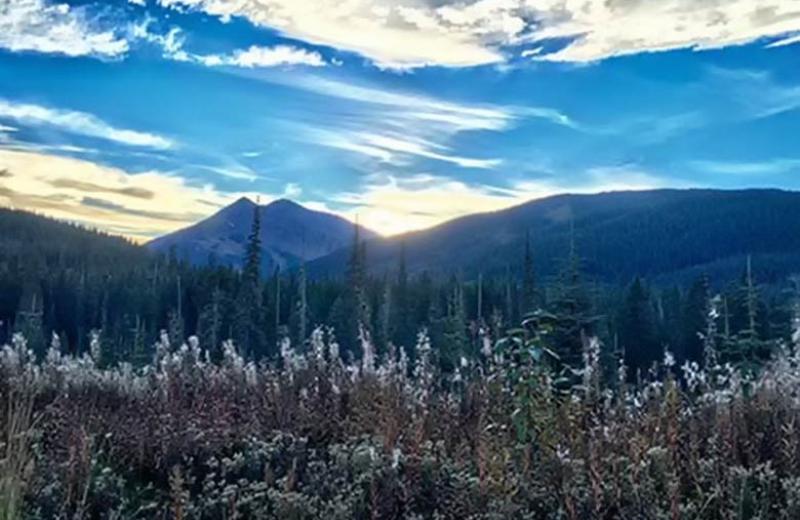Working in Public Health Protection has been rewarding. Whether it's speaking to a mother about the cause of her baby's stomach bug or teaching a food safety class to local food service workers, I've appreciated being part of the upstream efforts to prevent illness.
Now that I'm a parent to two small children and having just lost my mother to cancer, these efforts seem even more personal. Many of the choices we make each day can impact our exposures to infections and environmental contaminants. The personal care products we use, the food and water we consume, the lakes we swim in, the air we breathe - all of these can impact our health.
Recently, in my new role as Health and Resource Development Technical Advisor, I have been focusing a lot of my time on air quality.
Air quality in Northern BC
I've learned a lot about air quality in the last six months, particularly about the amazing Northerners committed to improving our air quality!
Here's a quick sample of what I've learned since June - information that I think is important to share!
- Did you know that in Northern BC, we have three very active community roundtables where stakeholders meet and tackle difficult air quality issues in their respective communities?
- There are also air quality steering committees for the purposes of information exchange and health promotion activities.
- There are passionate and talented scientists right here in BC researching what impacts our air and how this affects our health.
- The health effects of poor air quality extend much more broadly than we've traditionally understood. In fact, the theme for the last BC Lung Association Air Quality and Health Workshop was "Beyond the Heart and Lungs". Air pollution contributes negatively to many lifelong health conditions and even small improvements in air quality can have significant positive health impacts.
- Smoke is of particular concern in the North. Why? Because it contains tiny particles called particulate matter (PM), and a large range of harmful compounds — the normal by-products of combustion. It may also contain small amounts of other proven and suspected cancer causing agents.
- There are many sources of smoke in our airsheds and the most notable source is due to the increasing intensity and severity of wildfires in the summer.
- I was surprised to learn, though, that air quality can be severely impacted in the winter months as well. I grew up in a home where we used both forced air and wood heat. It felt completely natural to sit in front of the woodstove to warm my toes and I have a fond association between the smell of creosote and my grandparents' log home! Fast forward to today and I'm learning all about the harmful effects of wood smoke on the local airshed.
What can I do?
A couple ways we can reduce our impacts in the North is to only burn when absolutely necessary and to use efficient and clean burning practices. Learning about air quality is key, too! I’ve had the opportunity over the last few months to work on some key messages related to responsible wood burning to increase air quality awareness across Northern BC. You can find some of that information and more resources on Twitter, Facebook, and on Northern Health's air quality pages.
The local air quality groups in our region also have some great resources on their websites:
- Bulkley Valley Lakes District Airshed Management Society (BVLD AMS)
- Prince George Air Improvement Roundtable (PGAIR)
Finally, don't miss the USEPA site for great information on burning and air quality.
Let's take these steps so our families and neighbours can breathe easy!














Comments